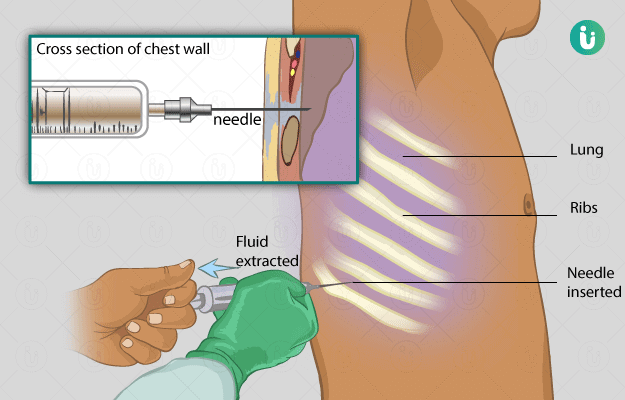What is a Pleural Fluid Analysis test?
Pleural fluid is a liquid present in the space between the chest wall and the outer lining of lungs (pleura). It helps lubricate the lungs for ease respiratory movements. Excess accumulation of pleural fluid or pleural effusion can occur due to an infection, disease or inflammation of the pleura, reducing the air space for the lungs to expand, leading to breathing problems.
A pleural fluid analysis examines fluid accumulated in the pleural space to help diagnose pleural effusion.
































